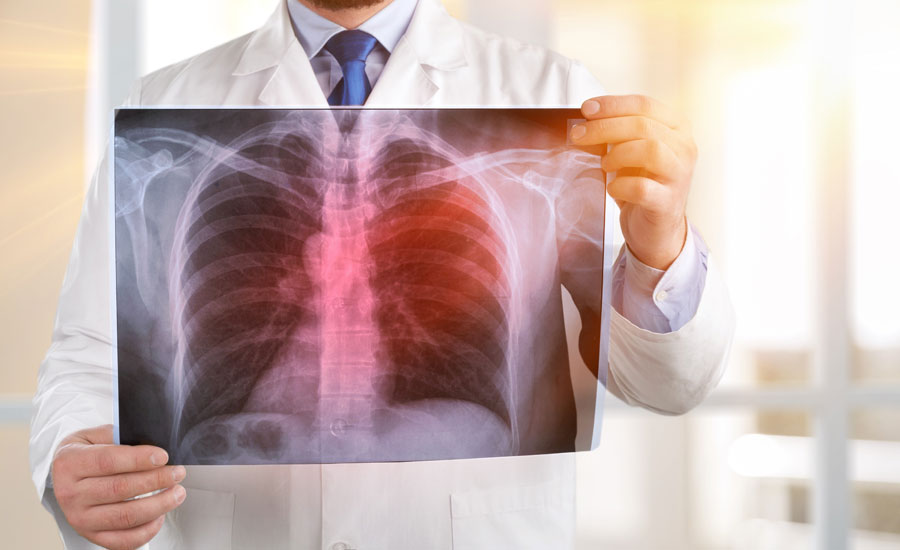Identification of serum biomarkers for active pulmonary tuberculosis using a targeted metabolomics approach
Although Robert Koch won the Nobel Prize for his discovery of the tuberculosis-causing bacterium, Mycobacterium tuberculosis, more than 100 years ago, tuberculosis remains the deadliest infectious disease globally with 1.5 million deaths per year. However, its diagnosis remains a challenge as current methods cannot discriminate active from asymptomatic, non-contagious latent tuberculosis.
In a recent study, Cho and colleagues from the Yonsei University College of Medicine in Seoul, Republic of Korea identified a set of metabolites as potential biomarkers to diagnose active tuberculosis. The metabolite levels were quantified in serum samples from subjects with active pulmonary tuberculosis, latent tuberculosis, and healthy controls by employing targeted metabolomics. Despite the relatively small sample size of this cross-sectional study, the design and the statistical methods were carefully chosen.
Based on their metabolic profiles, patients with active tuberculosis could easily be distinguished from patients with latent tuberculosis or healthy controls. Active tuberculosis patients experienced higher serum concentrations of glutamate, methionine sulfoxide, and aspartate as well as lower concentrations of glutamine, methionine, and asparagine than the other two groups. Together with these single metabolites, also their biologically meaningful ratios, glutamate/glutamine, methionine sulfoxide/methionine, and aspartate/asparagine, showed a good clinical performance in diagnosing active tuberculosis.
In consistency with previous findings, the authors suggested that the observed metabolic changes reflect both adaptive mechanisms of M. tuberculosis and immune responses of the host. For instance, the increased glutamate/glutamine ratio in active tuberculosis patients reflects the enzymatic activity of the bacterial glutamate synthase. This enzyme converts glutamine to glutamate to generate neutral pH conditions in the cytoplasm of the host cell creating a pleasant environment for the intracellular pathogen. Collectively, these findings pave the way for certain amino acids and their ratios to be exploited as diagnostic markers of active pulmonary tuberculosis.
If you are interested in finding biomarkers for differential diagnostics or patient stratification, please have a look at our products and services. For more information on biologically meaningful metabolic ratios go to our MetaboINDICATOR™ tool or contact us.
Yonggeun Cho, Youngmok Park, Bora Sim, Jungho Kim, Hyejon Lee, Sang-Nae Cho, Young Ae Kang, Sang-Guk Lee. Identification of serum biomarkers for active pulmonary tuberculosis using a targeted metabolomics approach. Sci Rep 2020; https://doi.org/10.1038/s41598-020-60669-0

